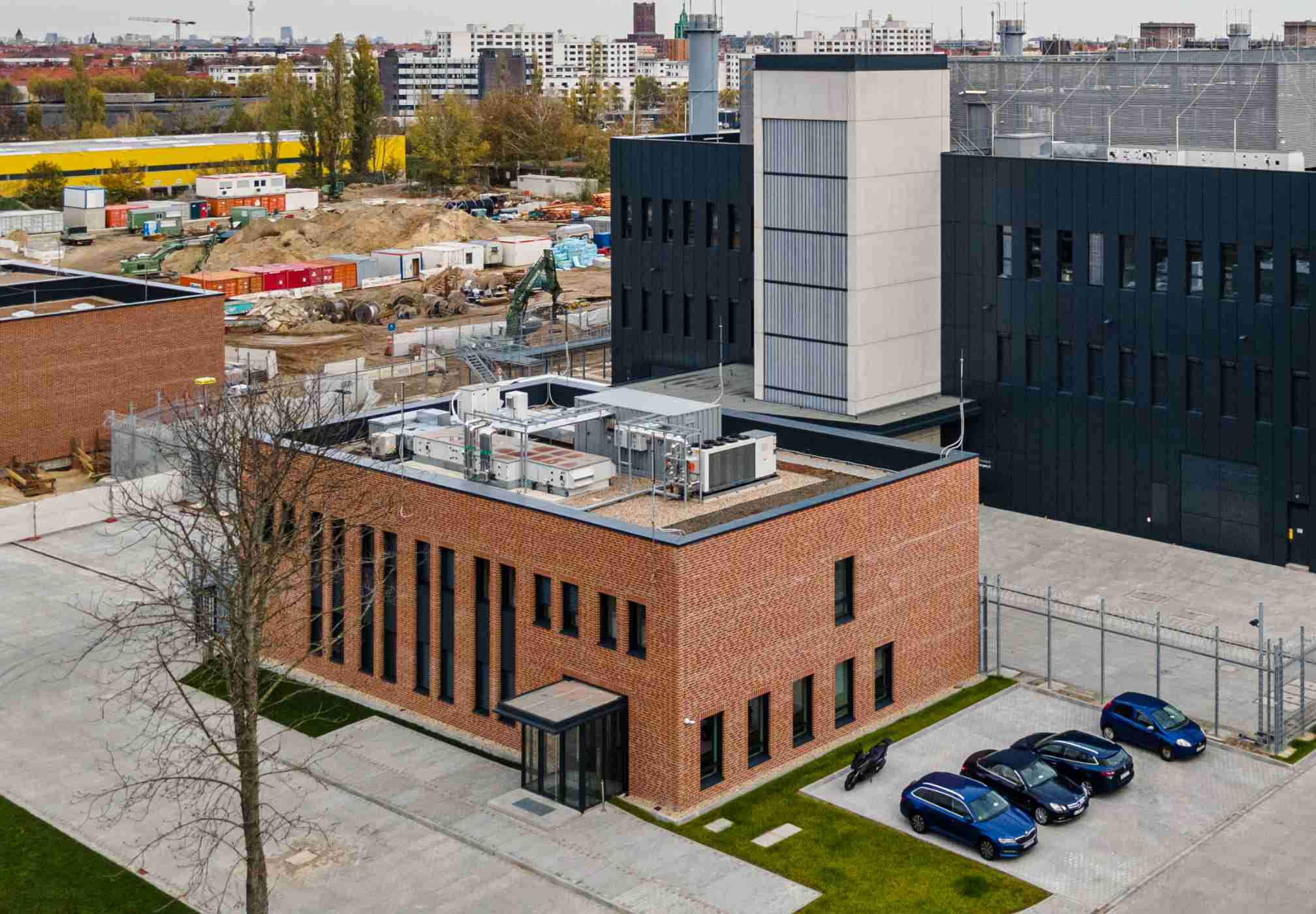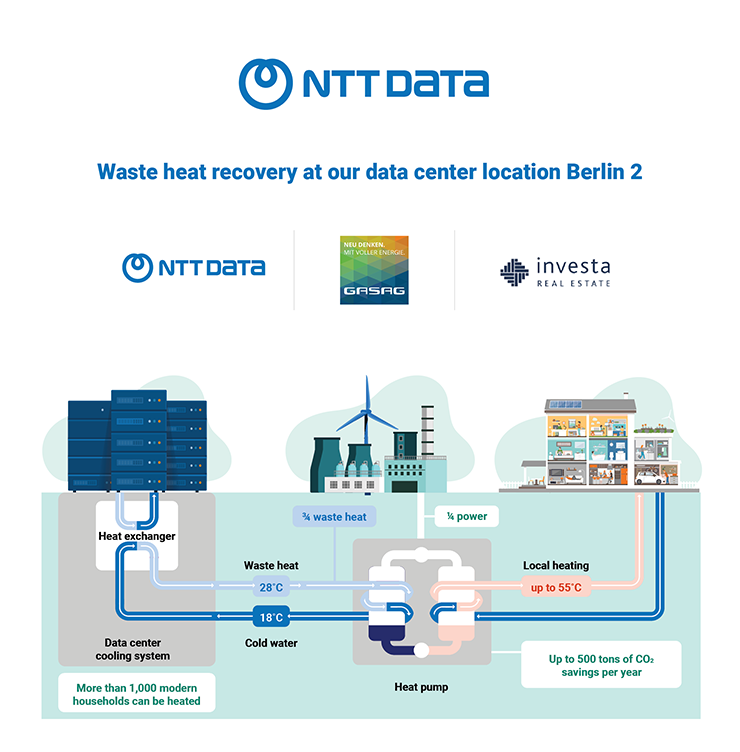-
Featured services
2026 Global AI Report: A Playbook for AI Leaders
Why AI strategy is your business strategy: The acceleration toward an AI-native state. Explore executive insights from AI leaders.
Access the playbook -
Services
View all services and productsLeverage our capabilities to accelerate your business transformation.
-
Services
Network Services
-
Services
Cloud
-
Services
Consulting
-
-
Services
Data and Artificial Intelligence
- AI and Intelligent Solutions
- Data/AI Strategy and Program
- Data Engineering and Platforms
- Data Governance and Management
- Data Visualization and Business Decision
- GenAI Consulting
- GenAI Platforms
- GenAI Industry Services
- GenAI Infrastructure Services
- GenAI Value Transformation
- View Data and Artificial Intelligence
-
Services
Infrastructure Solutions
-
Services
Global Data Centers
-
Services
CX and Digital Products
-
Services
Application Services
-
Services
Sustainability Services
-
Services
Digital Workplace
-
Services
Business Process Services
-
Services
Generative AI
-
Services
Cybersecurity
-
Services
Enterprise Application Platforms
![]()
Accelerate outcomes with agentic AI
Optimize workflows and get results with NTT DATA's Smart AI AgentTM Ecosystem
Create your roadmap -
-
-
Insights
Recent Insights
-
The Future of Networking in 2025 and Beyond
-
Using the cloud to cut costs needs the right approach
When organizations focus on transformation, a move to the cloud can deliver cost savings – but they often need expert advice to help them along their journey
-
Make zero trust security work for your organization
Make zero trust security work for your organization across hybrid work environments.
-
-
![]()
2026 Global AI Report: A Playbook for AI Leaders
Why AI strategy is your business strategy: The acceleration toward an AI-native state. Explore executive insights from AI leaders.
Access the playbook -
-
2026 Global AI Report: A Playbook for AI Leaders
Why AI strategy is your business strategy: The acceleration toward an AI-native state. Explore executive insights from AI leaders.
Access the playbook -
Discover how we accelerate your business transformation
-
About us
CLIENT STORIES
-
Liantis
Over time, Liantis – an established HR company in Belgium – had built up data islands and isolated solutions as part of their legacy system.
-
Randstad
We ensured that Randstad’s migration to Genesys Cloud CX had no impact on availability, ensuring an exceptional user experience for clients and talent.
-
-
CLIENT STORIES
-
Liantis
Over time, Liantis – an established HR company in Belgium – had built up data islands and isolated solutions as part of their legacy system.
-
Randstad
We ensured that Randstad’s migration to Genesys Cloud CX had no impact on availability, ensuring an exceptional user experience for clients and talent.
-
![]()
2026 Global AI Report: A Playbook for AI Leaders
Why AI strategy is your business strategy: The acceleration toward an AI-native state. Explore executive insights from AI leaders.
Access the playbook -
- Careers
Topics in this article
Reusing waste heat from data centers for heating purposes often sparks debate due to concerns about the economic feasibility and long-term sustainability, especially when it comes to existing data centers.
However, just like using heat pumps in older buildings, there are proven, mature ways to put waste heat to use that should not be overlooked in the pursuit of carbon neutrality.
Even low-grade waste heat — at around 25°C/77°F — can offer significant advantages as a preheat source for heat pumps, particularly when the average outdoor temperature during the heating season is at least 15°C/59°F lower.
As a leading player in the data center industry, NTT DATA’s Global Data Centers division is exploring best practices and innovative approaches to using waste heat — not only when building new data centers but also at our many existing data centers.
Before we take a closer look at these concepts, let’s first establish the fundamental parameters that help explain the full picture.
Waste heat and its key parameters
Data centers operate 24x7 to enable smooth-running digital services. They generate a significant amount of hot air or water as a byproduct of cooling IT systems — often referred to as waste heat. The thermal output can be repurposed for practical uses such as heating office buildings and homes or powering industrial processes.
By capturing and redirecting this waste heat, data centers can significantly reduce their environmental impact and contribute to more sustainable energy practices.
Unfortunately, sometimes the amount of heat that can be reused is calculated based on inaccurate assumptions, which can lead to unrealistic expectations or an inability to meet legal requirements.
Maximum thermal IT load
A key parameter when it comes to defining the size of a data center is the maximum IT load that it can host. When we calculate the waste heat, this translates to the maximum theoretically achievable thermal IT load of the data center. The real thermal IT load depends on the real IT load, which generates the usable waste heat.
Utilized thermal energy and full load hours
Utilized thermal energy refers to the total amount of heat transferred from a data center over a defined period, typically expressed in kilowatt-hours (kWh).
Dividing the utilized thermal energy (kWh) by the maximum thermal power of the installed heat-exchange system (kW) yields the full load hours. This value assists in planning and optimizing heat generation and dissipation.
3 prerequisites for success
Reusing waste heat not only reduces heating costs in many cases but also supports a more sustainable and environmentally responsible approach to heating.
By repurposing waste heat, we can drastically reduce greenhouse gas emissions, as traditional heating methods often rely on the burning of fossil fuels. However, success depends on a clear understanding of the challenges as well as close collaboration between all stakeholders.
1. Running a data center versus being an energy supplier
As data center operators, we excel at managing complex IT infrastructures — ensuring uptime, security and scalability. We also focus on optimizing energy usage in our data centers and finding ways of reusing waste heat.
But even though we generate heat as a byproduct, we’re not a traditional energy supplier whose primary function is power generation and distribution. Instead, we collaborate with utilities and city planners to integrate our waste heat into broader sustainability initiatives. This distinction highlights the importance of partnerships in unlocking the full potential of waste-heat utilization.
2. Determining the realistically expected heat output
To realistically size a waste-heat utilization project, it’s essential to understand the expected heat output. However, this presents a challenge, as the amount of waste heat available in a data center depends directly on the installed IT load and its utilization. In colocation data centers, accurately calculating this value is difficult.
In our experience, it’s feasible that 50%–70% of the maximum IT load will be available to generate reusable heat, as rented space is often not fully equipped with IT systems immediately. Clients often plan for long-term usage and anticipate expansion.
Additionally, some systems may be designated for backup purposes, further affecting the available volume of waste heat.
3. Waste heat needs infrastructure and consumers
Generating a high volume of waste heat is only one part of the equation. It must also be used effectively to realize its full potential. Collaboration between data center operators, utilities and urban planners is essential in developing these heat-utilization strategies.
Examples such as the partnership between NTT DATA’s Global Data Centers and GASAG in Berlin, Germany, demonstrate how waste heat can be reused in district heating systems to warm homes, offices and public spaces. By aligning waste-heat production with local heating demands, stakeholders are maximizing the societal and environmental benefits of waste-heat utilization.
From waste to value
Reusing waste heat from data centers presents a powerful opportunity to advance energy efficiency, support the circular economy and contribute to climate action.
However, realizing this potential requires time, investment and collaboration. By embracing innovative urban planning and forging strong partnerships between data centers, energy providers and local communities, we can transform waste into a valuable resource. Let’s seize this opportunity to build a sustainable, low-carbon future.
When people talk about reusing waste heat from data centers, the discussion often gets stuck on whether it’s actually practical — especially for facilities that are already up and running. The usual doubts come up: Is it affordable? Is it really sustainable in the long term?





